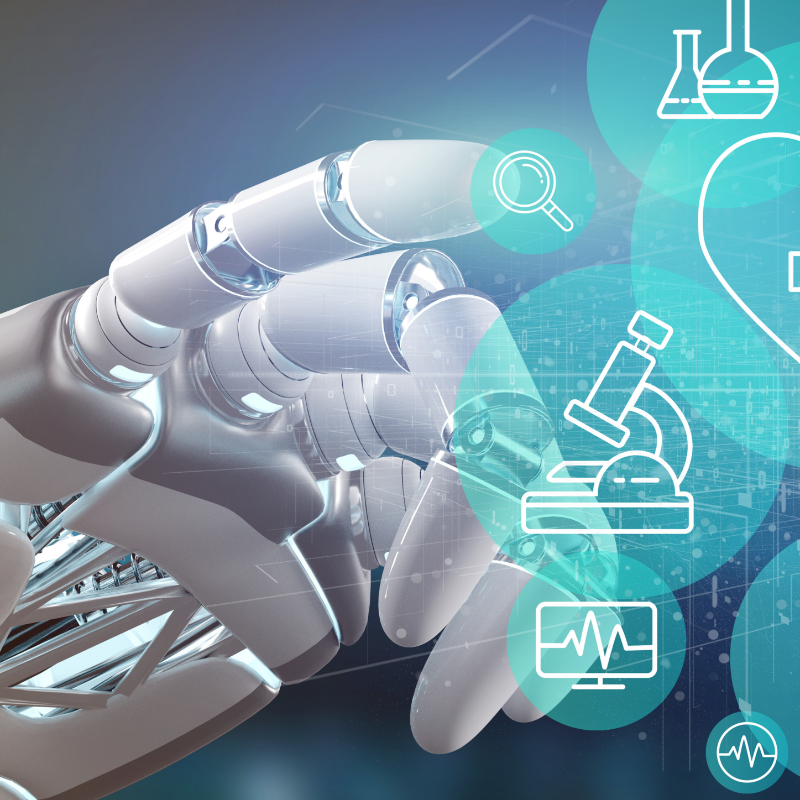
VR deployed in care sector for training, rehabilitation
The business use of virtual reality seems to be breaking through. Training is an important market in this respect. A whole range of business applications were shown at the recently held VRdays in Amsterdam. This shows that VR is about to take major steps in the field of training, but also, for example, for the treatment of people with anxiety disorders.
Especially for training purposes, VR (as well as augmented reality, AR) seems to have a lot of practical use, according to a background article on VRdays on Telecompaper. For example, a pharmacist’s staff can learn where products are located, and even in large commercial industrial use, staff can practice tinkering with and learning about large machines.
For medical applications, VR is often already used for rehabilitation, mental pain relief and entertainment for patients confined to bed. Especially through the use of wireless devices – such as the Gear VR – VR can easily be used where (serious) gaming currently requires a VR device with wire in combination with a powerful PC.
In the example of training purposes for a pharmacy, a virtual pharmacy was shown.
For fast service, staff must be familiar with the classification of medication. In a VR copy of the pharmacy, staff can quickly learn what is true. Because the brain interprets VR experiences as real, learning is faster.
The company responsible also showed a glove that should provide realistic feedback. It can be used to teach certain actions, such as tying a complicated knot in a rope, but it can also be used to control devices remotely.
VR for rehabilitation purposes
In addition, VR is used in the care sector for rehabilitation purposes. For example, a waterproof version of the Gear VR was used for swimming with dolphins. The user wears glasses in the water, virtual dolphins swim around him. The application is used for people with second- and third-degree burns. These patients have to spend two to three hours a day in the water, after a while this becomes a rut. With a virtual impulse, the swimming session becomes an experience that directly influences the pain, dullness and enjoyment of life in a positive way. The same technique can be used for patients who have been confined to the sick bed for a long time. By creating a pleasant environment with VR, the healing process can be accelerated.
VR can also be used for patients with (partial/temporary) paralysis, as was shown during VRdays. By moving the crippled body part in VR, the brain is stimulated to move this part of the body again in real life.
In addition, we are working hard on virtual remote surgery and surgical training in which precise (motions controllers and stereoscopic images) are very important. It is expected that the VR health care market will achieve a global turnover of USD 5 billion or more in 2025.

